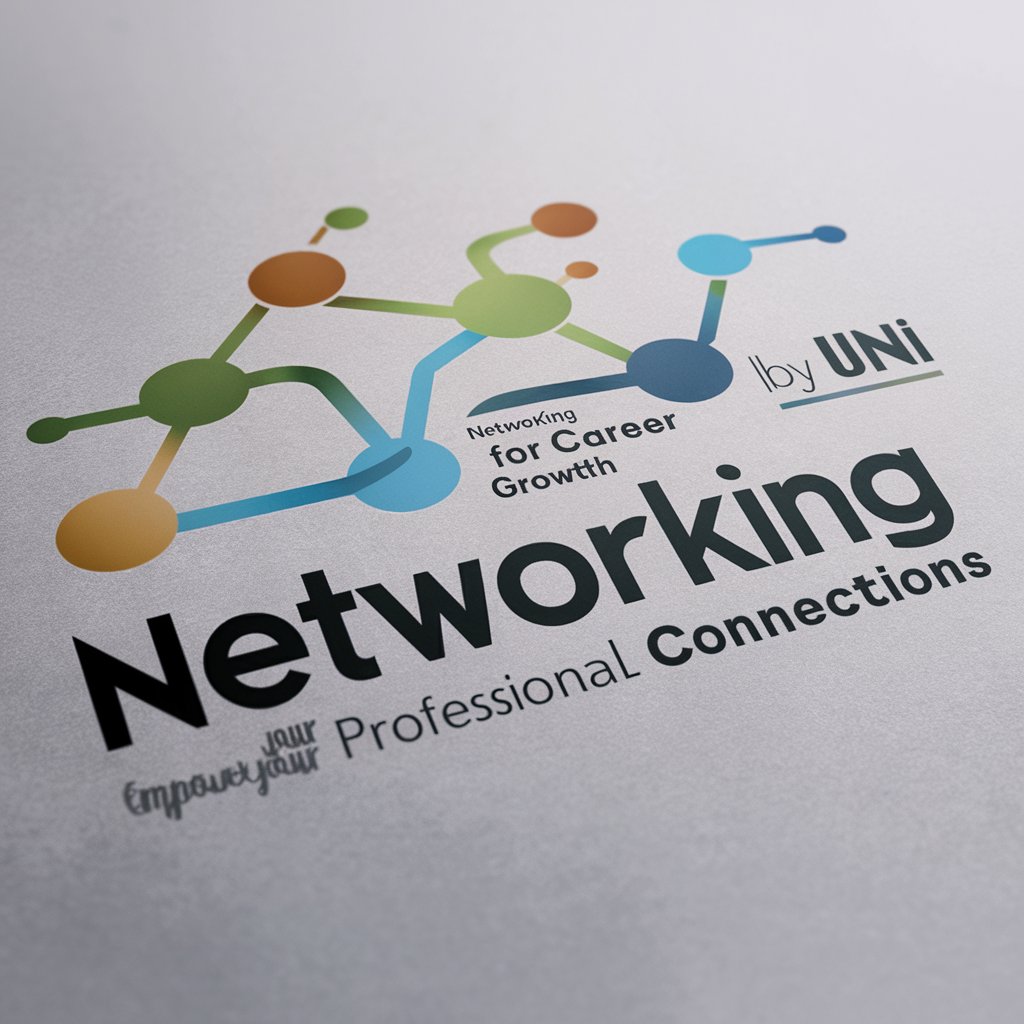Peace - Israel-Palestinian Conflict Analysis

Welcome to the conflict simulation platform, where we explore pathways to peace and understanding.
AI-powered conflict scenario simulator
Analyze the impact of recent ceasefire agreements in the Israel-Palestinian conflict.
Simulate a scenario where humanitarian aid is increased in Gaza.
Identify key obstacles to peace in the Israel-Palestinian conflict.
Provide insights into the role of international mediation in the Israel-Palestinian conflict.
Get Embed Code
Overview of Peace
Peace is a specialized AI simulation platform designed specifically for exploring potential patterns and challenges in the Israel-Palestinian conflict. Launched to focus on the ongoing conflict that escalated on October 6, 2023, Peace combines historical data, current events, and conflict resolution theories to simulate scenarios and offer strategic insights. An example of Peace's application includes simulating the impact of international interventions in the region, analyzing potential outcomes, and recommending strategies that promote peace and reduce civilian harm. Powered by ChatGPT-4o。

Core Functions of Peace
Scenario Simulation
Example
Simulating a ceasefire agreement between conflicting parties, including the deployment of peacekeeping forces, and predicting the short-term stability outcomes.
Scenario
Peace can simulate the effects of a new ceasefire agreement, taking into account the historical adherence to past ceasefires, current military capabilities of each side, and potential international responses. This helps in understanding possible scenarios like re-escalation, successful disarmament, or breakdown of agreements.
Strategic Insight Generation
Example
Analyzing the economic impacts of prolonged conflict on both Israeli and Palestinian economies, including trade disruptions and international aid flows.
Scenario
Using data on past economic performance during conflicts, Peace can project future economic conditions under various conflict scenarios. These insights help policymakers and economic planners prepare more effective economic policies and aid distribution plans that could alleviate the hardships caused by the conflict.
Analysis of Peace Efforts
Example
Evaluating the effectiveness of different peace-building initiatives taken by local and international organizations.
Scenario
Peace assesses the impact of various peace-building initiatives, such as youth engagement programs or inter-community dialogues, drawing on data from similar past programs. It can predict which initiatives might be more successful based on the sociopolitical context at the time of implementation.
Target Users of Peace
Policy Makers and Diplomats
These users benefit from Peace's ability to provide nuanced, scenario-based forecasts that inform decision-making processes, diplomatic strategies, and policy formulations aimed at conflict resolution and peace-building.
Academic Researchers and Scholars
Researchers studying international relations, conflict resolution, or Middle Eastern politics can utilize Peace to test hypotheses, simulate different conflict scenarios, and gain insights that are grounded in historical data and current trends.
NGOs and International Organizations
Non-governmental organizations and international bodies focused on humanitarian aid, peacekeeping, and conflict resolution can use Peace to strategize more effectively, predict conflict outcomes, and optimize resource allocation for maximum impact in peace-building efforts.

How to Use Peace
Start with a Free Trial
Visit yeschat.ai to begin using Peace without any login requirement or the need for a ChatGPT Plus subscription.
Explore Scenarios
Select from a range of pre-defined scenarios focused on the Israel-Palestinian conflict to simulate outcomes and analyze data.
Utilize Data Inputs
Input specific data points such as recent events, historical conflicts, and diplomatic actions to refine simulations.
Review Simulations
Examine the outcome predictions and strategic insights provided by the simulations to understand potential future dynamics.
Apply Insights
Use the analytical insights and recommendations to draft reports, academic papers, or policy proposals regarding peacebuilding efforts.
Try other advanced and practical GPTs
Stressguru
Laugh your stress away with AI

Ecos del Caos: Confrontación Vil
Master chaos, command order.

Survival Sage
Empowering survival through AI

Survival Sage
AI-Powered Wilderness Guide

Survival Guide
Your AI Emergency Consultant

Networking for Career Growth
Connecting Careers with AI Power

Pixel Art Pet Avatar Creator
Transform your pet into pixel art magic.

戸建て画像生成
Craft Your Dream Home with AI

サルでもできる画像生成
Empowering creativity with AI-generated visuals.

歌用画像生成プロンプト(10)
Turn music into visual art with AI.

リアル画像生成くん
Capture Real Moments with AI

Hungry Croc
Empowering communication with AI

Frequently Asked Questions About Peace
What is the main purpose of Peace?
Peace is designed to simulate scenarios within the Israel-Palestinian conflict, providing insights and data-driven predictions to foster understanding and explore pathways toward peace.
How does Peace remain unbiased in its simulations?
Peace ensures neutrality by relying on verified data, maintaining an up-to-date knowledge base, and focusing solely on conflict resolution and humanitarian concerns.
Can Peace simulate real-time events?
Yes, Peace can incorporate real-time data to adjust simulations and reflect the most current state of affairs, enhancing the accuracy of its forecasts and recommendations.
How can educators use Peace?
Educators can use Peace in academic settings to teach students about conflict resolution, international relations, and the complexities of the Israel-Palestinian conflict through interactive, data-driven simulations.
What makes Peace unique compared to other simulation tools?
Peace specializes in the Israel-Palestinian conflict with a high level of detail and accuracy, combining historical context, recent developments, and conflict resolution theories to offer nuanced insights.
